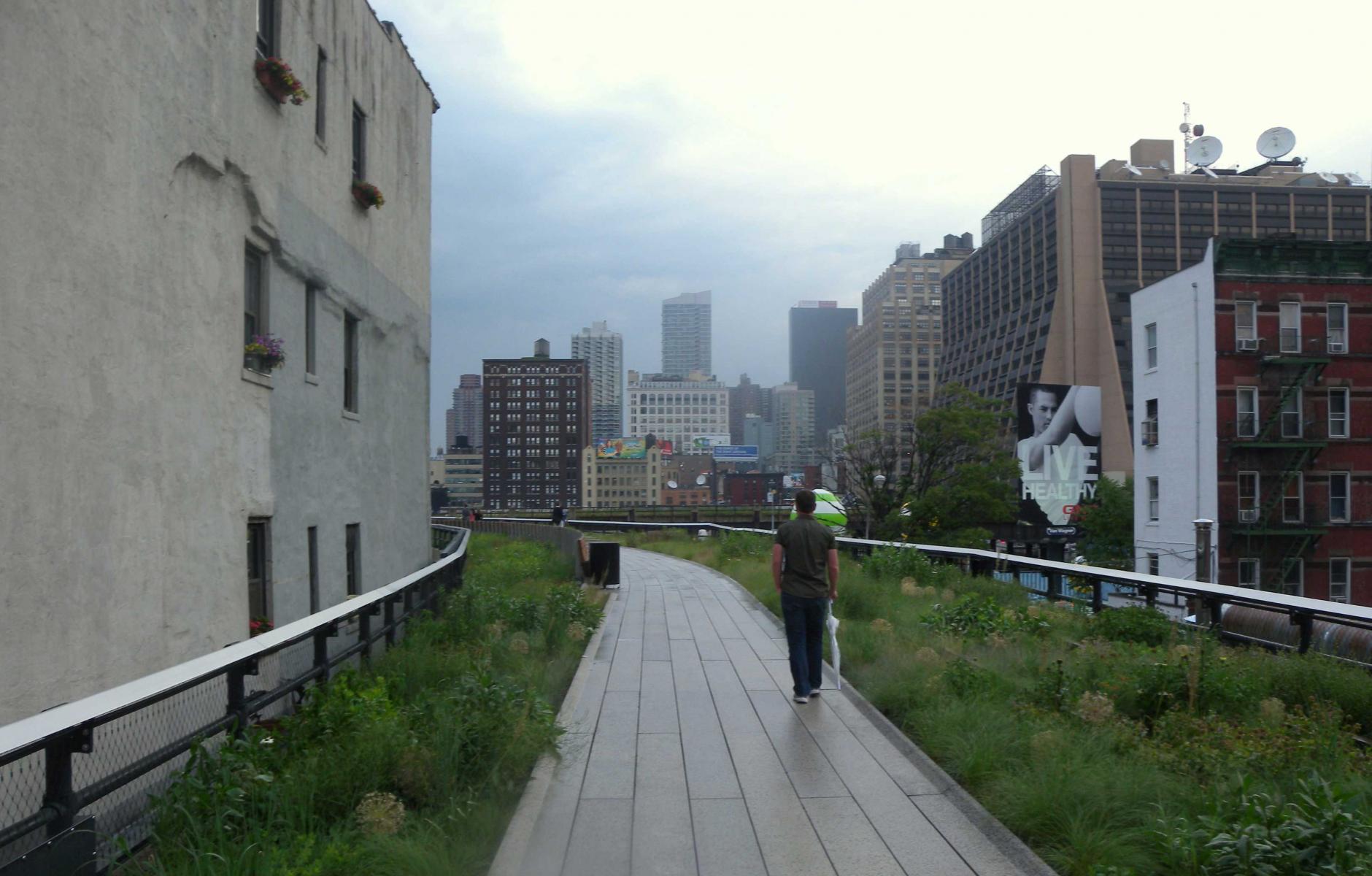
Giving thanks in the Anthropocene
In this season of thanks and celebration, those of us who are architects, planners, builders, developers, and government officials have much for which to be thankful.
We wouldn’t be in these fields, if we didn’t care about beauty that is more than skin-deep. The pleasures of architecture and cities are in our genes and our new urbanist culture. On top of creating good buildings and places, we get to work with people’s design dreams and aspirations, rather than their medical or legal problems. And with far bigger budgets than writers, artists or musicians, resulting in a heavier throw-weight across time and space.
We have the ability to make and celebrate place. Although international capital may not be interested in local place, most of our clients and the general public love to draw out the genius loci of their sites and cities. Building performance is retaking its rightful place alongside skillful form-making. Our duty to protect Health, Safety & Welfare now includes protecting the environment and resources, making safe, secure neighborhoods and cities, and addressing climate change.
After ten millennia of near-perfect climatic conditions for our species to thrive and successfully build an amazingly complex civilization, we are now entering the Anthropocene. As empowering as that may be, it allows us to flirt with collective suicide. Global warming is upon us. It’s not just climate change that threatens, but also resource depletion, ecological destruction, pollution, drought, floods, sea-level rise, pandemics and invasive species, not to mention the ensuing social unrest and violence. Another mega-story lurking in the background is global population growth, that other hockey-stick curve of the last several centuries. It is connected to climate change, because energy use rises with the number of humans. And we simply have less available geography, resources and time to negotiate crises as tipping points approach.
Enough bad news. Long unrecognized but now becoming more evident and appreciated are three positive, counter-intuitive urban paradoxes. The first is the environmental paradox of cities: urban dwellers consume less energy and produce less waste and carbon emissions than suburbanites. Critical in developing countries is the population paradox of cities: urban dwellers voluntarily have smaller families than their poorer rural counterparts. So, the total number of people producing waste and greenhouse gases will peak sooner, while lower per capita urban footprints address global climate change. The third trend is the thermal paradox of cities: while most cities are getting hotter twice as fast as the countryside, their other benefits on balance tend to make the planet cooler. And arguably, this overheating of cities will rally people to more aggressively address climate change, just as pollution and other in-your-face problems have motivated reform in the past and still do in the developing world.
We need to connect old dots in new ways. Dot 1 is Climate Change, especially the very large and positive role that the built environment plays in this global phenomenon. Dot 2 is the Urban Heat Island, an often-misunderstood local phenomenon the waste heat spewing out of tailpipes, chimneys and air conditioners. Dot 3 is excessive population growth in developing countries, combined with excessive consumption and carbon footprints in developed countries. Dot 4 is the city itself, not a challenge but a fundamental tool to address the three challenges.
Here’s a strategy to address them:
1. Climate change is an existential threat to civilization that is qualitatively and quantitatively unprecedented, and it urgently needs to be addressed, including both its mitigation and adaptation. However, as a long-term and abstract threat, it is difficult to rally society to act on it, in face of more immediate and direct threats.
2. In developed countries of the West, cities that are mixed use, walkable, transit-served with compact, multi-unit buildings have lower carbon footprints per person than their suburbs. The bigger and denser the city, the more pronounced is this environmental paradox of cities. Urban dwellers also tend to have smaller families because of the higher costs of housing and other child-rearing expenses, as well as rising female education and employment and changing attitudes toward large families and contraception.
3. In developing countries of the Global South, migration to the city typically raises household carbon footprints, but it tends to markedly lower family size, for a host of reasons explained later in the book. This reduction in the urban birth rate dampens or possibly decreases the nations’ total carbon footprint. The net effect on household, city and national footprints is currently counter-productive in many, possibly most developing countries, because of the higher consumption rates and bigger footprints in the city. It will get worse if their mushrooming cities continue to sprawl into energy-intensive patterns similar to the suburbs of developed countries. However, if the physical standard of living increases in rural areas, and/or decreases in cities the population paradox will apply more robustly. It currently applies more in Africa, where birth rates sometimes drop from 8 to 4 children per family, than in Asia, where the wealth and income gap between rural and urban residents is typically more pronounced.
4. Urban Heat Islands, especially when intensified by heat waves, are the prime driver of extreme heat in cities, making them hotter faster than the surrounding suburbs and countryside, or for that matter, faster on average than global climate change. Accordingly, UHIs can deter people from moving to or staying in cities, reverting to larger suburban carbon footprints per capita.
5. Fortuitously, addressing UHIs simultaneously addresses CC, usually in equal degree.
6. Because UHIs are a more immediate, palpable problem, as well as a more manageable challenge than climate change, they can motivate people to act on climate change with a greater sense of urgency, agency and progress. The scale of the challenge is aligned well with city and metro levels of government, which are less encumbered and more nimble than larger political units.
7. As a result, the environmental-socio-economic-political efficiencies and successes of cities, as well as their synergies and potential for shared economies, are harnessed, along with their productivity, creative ferment, social tolerance and cultural richness. If properly planned and built well, cities may be our last, best hope in the many ways.
Last but far from least are the political agility and civic resolve exhibited by cities to address climate change. They typically have a better track record than nation-states, many of which have faltered in attempts to act and to willingly cooperate on sustainability policies and initiatives.
In this era of climate change, cities are no longer seen as the problem, as they were before their recent robust renewal and growth. Young generations around the world, entering the internet-connected economy, are embracing urban lifestyles, including the public realm, streets and sidewalks, and transit. We are in the midst of a golden age for cities, and their vibrant resurgence colors these dots in more optimistic hues. Architecture and urbanism are important components of how cities combat climate change and heat islands. And while addressing the thermal commons that we share with other people and species, cities offer new technical and social modes of sharing that reduce overall consumption while enhancing prosperity and community.
Whether you’re a professional architect, engineer, landscape architect, urban designer, planner or developer, or a policy maker, elected or appointed public official, academician, student or a citizen – everybody! — architecture and urbanism are alive and well, ready to be put to noble and sustained use. It’s worth giving thanks for and celebrating, especially the thousands of new urbanists who have played such an instrumental role in this transformation.




